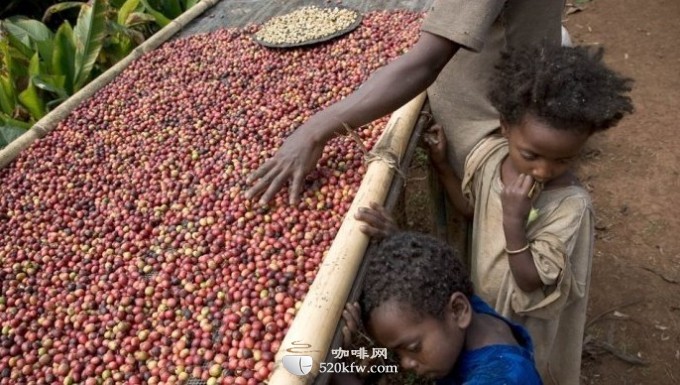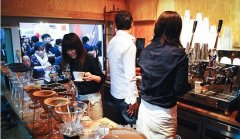Emerging countries account for 20% of the world's coffee consumption.

According to Brazil's "World wide Web", emerging countries represented by China, Brazil, Russia, India and South Africa currently consume 20% of the world's coffee, which will reach 35% by 2020. According to analysis, the increase of the middle class in these countries is an important factor driving the growth of coffee consumption.
The International Coffee Organization (Portuguese abbreviation OIC) estimates that in 2020, global coffee consumption will reach 158.9 million bags x 60 kg to 173.6 million bags, with an average of 166.1 million bags per year. In 2012, global consumption was 142 million bags.
By 2020, 1 billion people in emerging countries will enter the middle class with better incomes and access to the fruits of improved global quality of life, including a "delicious cup of coffee". In addition, the emergence of a large number of coffee shops in cities has led to the growth trend of coffee consumption from home, and the growth of coffee houses will triple in the next 10 years. Another factor driving the growth of coffee consumption in emerging countries is the progress in the production of instant coffee industry. The instant coffee industry can provide "better coffee" to people who like to drink tea.
Brazil's contribution to the growth of coffee consumption in emerging countries is relatively small, as Brazilians consume coffee almost saturated, with an annual per capita consumption of 6 kg, which is higher than that of developed countries such as the United States, France and Italy. The growth of coffee consumption in Brazil has slowed down, but the consumption of high-quality coffee will increase significantly, which will bring more value to the Brazilian coffee industry.
Important Notice :
前街咖啡 FrontStreet Coffee has moved to new addredd:
FrontStreet Coffee Address: 315,Donghua East Road,GuangZhou
Tel:020 38364473
- Prev

Who is suitable for learning coffee? What are the prospects?
Who is more suitable for learning?
- Next

How dependent is Starbucks on China?
In fact, although these multinationals are expanding at an alarming rate in China, China is still a relatively small market in terms of their sales in China as a share of their total global sales, which depends on whether customers stay in stores for too long. Maybe it doesn't have much to do with it.
Related
- Being chased out of the rain in front of Starbucks?! Store: Sheltering from rain under umbrellas poses a safety hazard
- The white moonlight has changed?! Lucky launches "Big Winter Pear American"
- Hand-brewed coffee three-stage method, high-sweet and universal brewing method to share! What does the high sweet water level of hand-brewed coffee mean?
- What is the difference between raw, refined and full espresso coffee? How to extract espresso and taste good?
- A complete list of coffee bean names and their meanings! What is Yejia Shefi coffee? Where is Mantelin coffee?
- What grade does Arida Manor Kaduai coffee beans belong to? What treatment is Arida ASD slow anaerobic sun exposure?
- The milk tea cup becomes smaller?! Overlord Tea Girl launches a new "Return to Yunnan" series
- Accused of selling counterfeit and high-priced coffee beans! Well-known boutique coffee brand "Oukelao" bowed and apologized!
- How to make espresso dumplings? Can I eat coffee and glutinous rice balls together?
- Save the unformed and stagnant powder cakes in one second! What is the problem with stagnant water in the powder bowl of the espresso machine?

